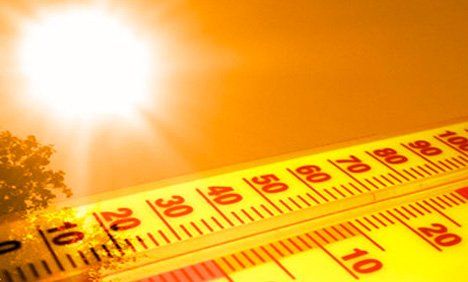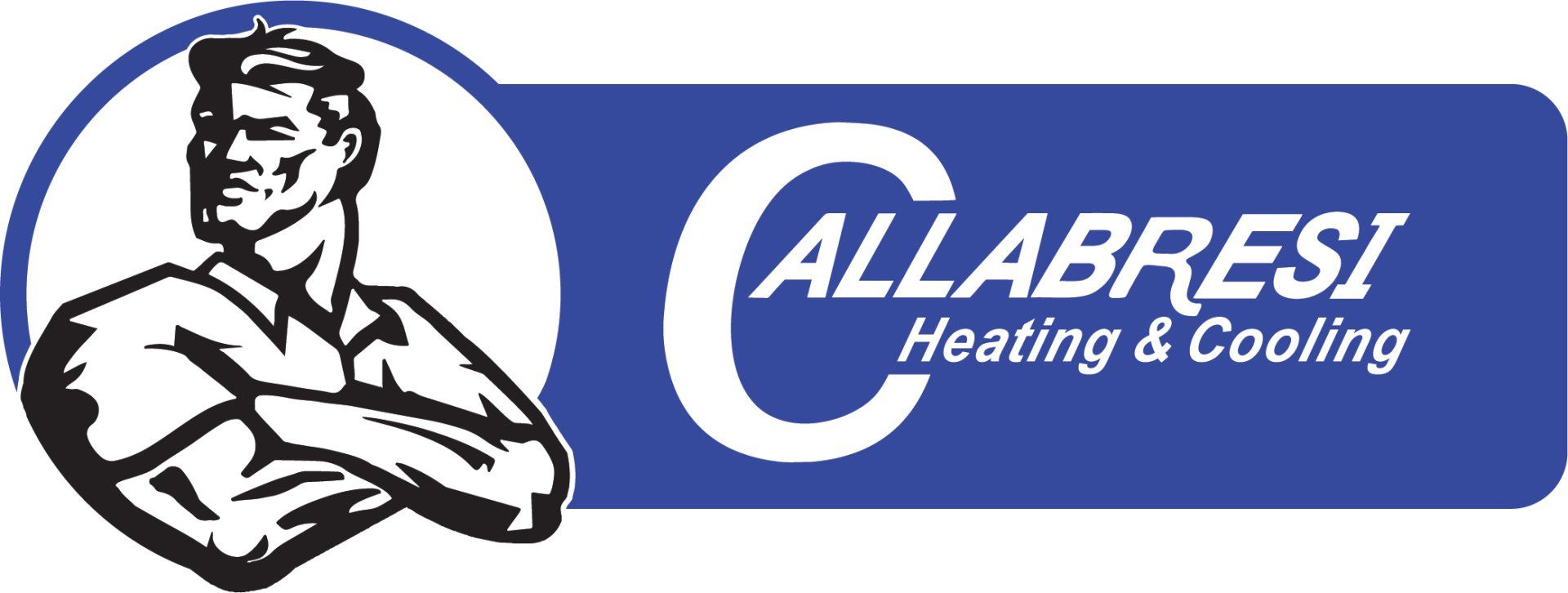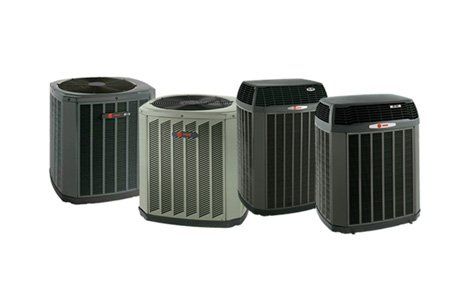5 Ways to Saving Money When The Temperature Gets Hot
- By John Miller
- •
- 29 Apr, 2016
- •

Temperatures are definitely getting hotter. But staying cool this summer doesn’t necessarily mean you have to pay a fortune to keep the air-conditioning running day and night. Here are some helpful tips that will keep you comfortable and cut your cooling bill.
Tip 1: Set the Dial Higher
If you have central air, set your thermostat above 78 degrees (all temperatures cited here are in degrees Fahrenheit). You’ll save 5 to 8 percent on cooling costs with each degree above that mark. For a typical household, setting the thermostat at 80 degrees saves 10 to 15 percent; raising it to 85 degrees will save 35 to 55 percent.
When you leave home for more than one hour, set the thermostat up a few degrees. Reset it upon your return, and the room will cool down in only 15 minutes. The system will use less energy during the cool-down period than if you had left it running at a lower setting while you were out.
Tip 2: Get a Programmable Thermostat
A programmable thermostat lets you preset temperatures for different times of the day, so air-conditioning is working only when you are home. The least expensive thermostat models let you set four cycles that, unless manually overridden, repeat every day. Higher-priced models allow you to create settings for each weekday and for each weekend day.
Tip 3: Use A Fan In Tandem With Your Air Conditioning
A fan, which costs two to five cents per hour to operate, can make a room feel 4 to 6 degrees cooler. Also, a fan works well in tandem with an air conditioner because the dehumidifying action of the air conditioner provides drier air that the fan can then move around.
In frequently used rooms, install a ceiling fan (set it to spin counterclockwise in summer). You’ll save the most money by running the fan only when you’re in the room.
If nighttime temperatures drop into the 70s where you live, you might want to purchase a whole-house fan. When run at night with the windows open, the fan will pull cool air into the house as it vents hot air out through the attic. Whole-house fans, which draw only as much power as a couple of lightbulbs, are usually outfitted with a variable-speed switch and/or timer.
Tip 4: Practice “Kansas Cool”
“Kansas cool” is a morning and evening routine that takes advantage of cool outdoor temperatures at night and keeps the heat at bay as much as possible during daylight hours. It’s very simple to do: At night when the temperature drops, open windows and bring in cool air with window fans or a whole-house fan. As soon as the sun comes up or the air starts to heat up, shut the windows and shades and keep doors closed.
Tip 5: Shades for you home
As much as 20 percent of summer heat enters your home as sunlight shining through windows. To cut “solar gain,” add curtains or blinds to rooms that get direct sun and draw them in daylight hours. With the shades drawn, a well-insulated house will gain only 1 degree per hour when outdoor temperatures are above 85 degrees.
Pay special attention to west-facing rooms late in the day. Shades and blinds to consider include roller shades (the least expensive option), venetian-type micro-blinds, reflective curtains and insulated curtains (the most expensive, at $100 per window). Two exterior options are to install awnings or plant shade trees.
Other Thoughts
Any appliance that generates heat adds to your cooling load. An oven baking cookies can easily raise the room temperature 10 degrees, which in turn jacks up overall cooling costs 2 to 5 percent. Save cooking (especially baking) for cooler hours, or cook outdoors on your grill. It is also a good idea to run the dishwasher and clothes dryer at night.
Incandescent bulbs don’t contribute as much heat as unshaded windows, but they do add heat to a house and can raise the perceived temperature, sending you to the thermostat to seek relief. To reduce this hot-light effect and save lighting costs year-round, replace incandescent bulbs with compact fluorescents. They use about 75 percent less energy and emit 90 percent less heat.
We know that it may not be practical for you to implement all of the energy saving tips listed above, but even if you could utilize some of them, you should see a decrease in your Summer energy bill.
Your Comfort is OUR Concern!
Jerry Callabresi



